Countdown: 2012's Wildest Weather

A year of extremes
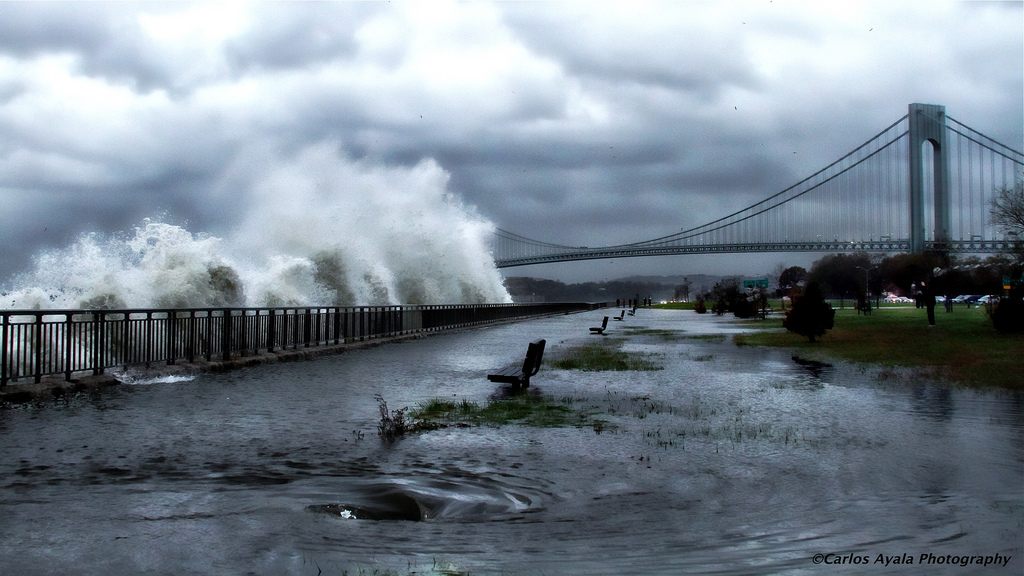
2012 was a year of weather extremes. From frozen canals in Venice to the fewest tornadoes since 1950, OurAmazingPlanet counts down the highs and lows of this year's wildest weather, starting in January and moving chronologically.
Alaska buried by snow
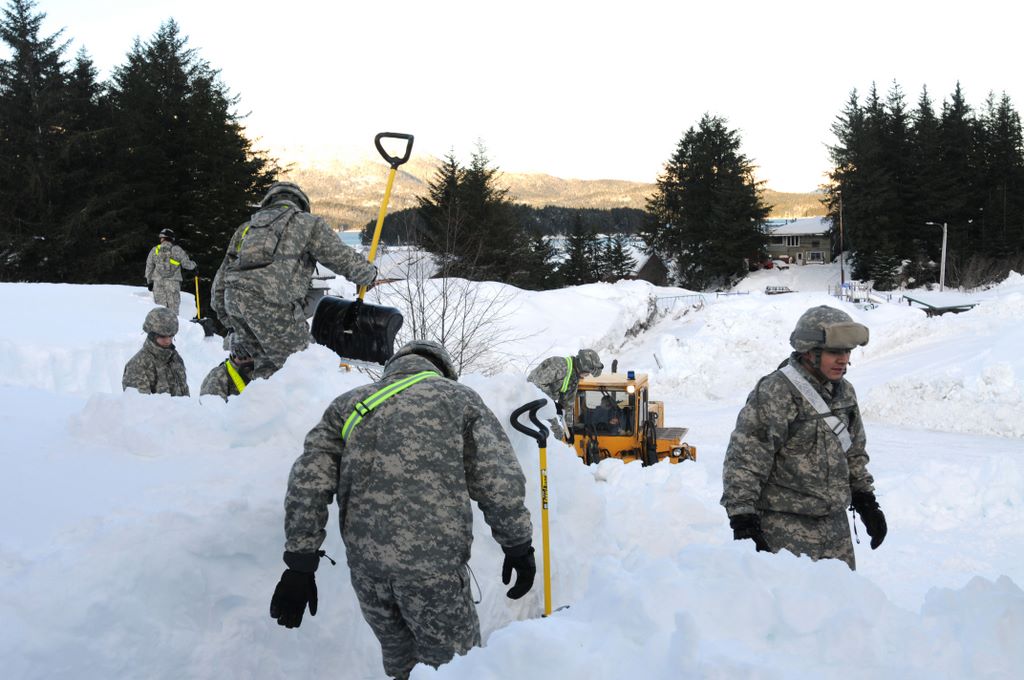
2012 opened with jaw-dropping blizzards in Alaska, burying towns in record-breaking snow. Nearly 7 feet (2.1 meters) of snow fell in Anchorage by January, double what the state's capital city usually receives by that date.
The wintry weather also created a conundrum for the northern town of Nome. A massive storm swept their final winter fuel shipment out to sea, requiring a Coast Guard icebreaker to guidea Russian fuel tanker into shore to deliver enough fuel for the frigid months ahead.
Europe's deep freeze
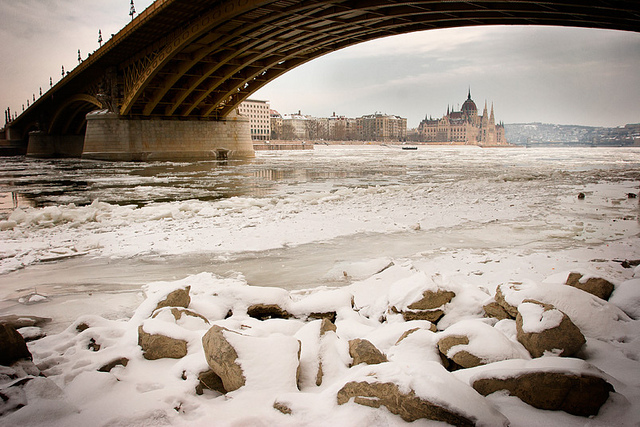
A climate pattern straight out of a cold war novel kept Europeans shivering in February. Called a "Russian Winter," the intense cold and snow froze stretches of the Danube River and even stilled Venice's famous canals. Hundreds died across the continent from exposure.
Tornado in Italy
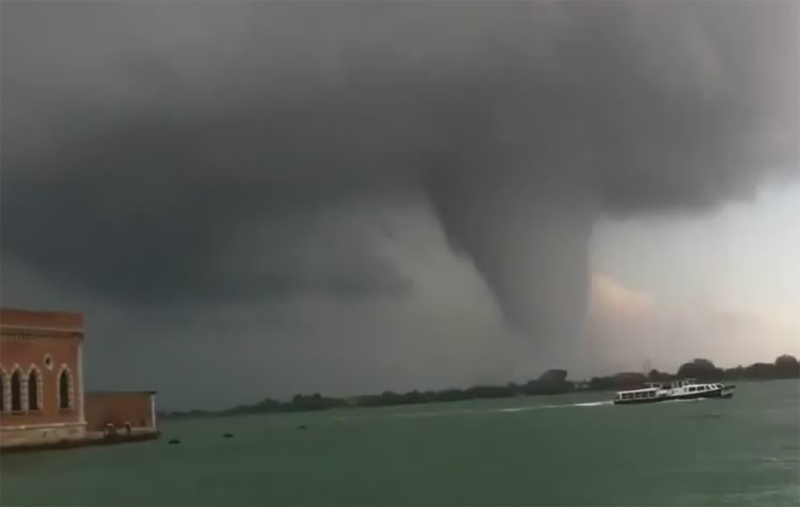
A tornado swept across Italy's historic island city of Venice on June 12, leaving a trail of twisted debris and a shaken populace in its wake.The tornado, or "tromba d'aria" (trumpet of the air) in Italian, ripped roofs from houses, uprooted trees and left boats piled in a jumble, according to local media reports.
Derecho windstorm sweeps across the U.S.
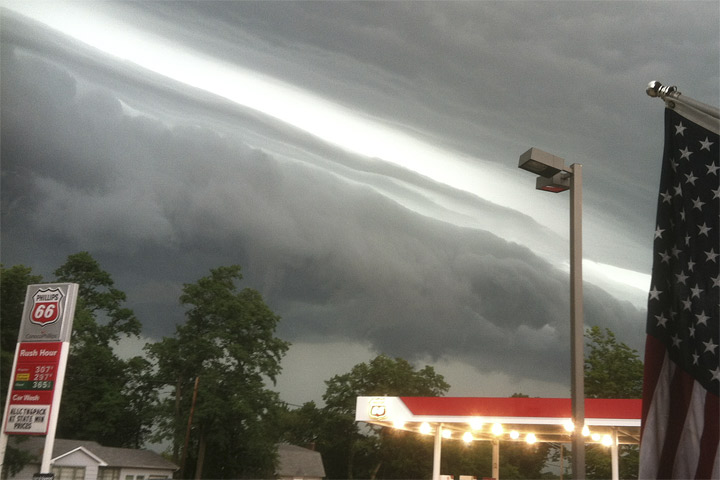
A destructive derecho a rare, powerful, and long-reaching windstorm that accompanies lines of thunderstorms swept from the Midwest to the East Coast on June 29.
The storm downed power lines and toppled trees from Illinois to Washington, D.C. Damage surveys uncovered wind speeds of 100 mph (160 kph) in Zanesville, Ohio, and Preston County, W. Va. equivalent to a Category 2 hurricane.
Get the world’s most fascinating discoveries delivered straight to your inbox.
Extreme drought and heat in the U.S.
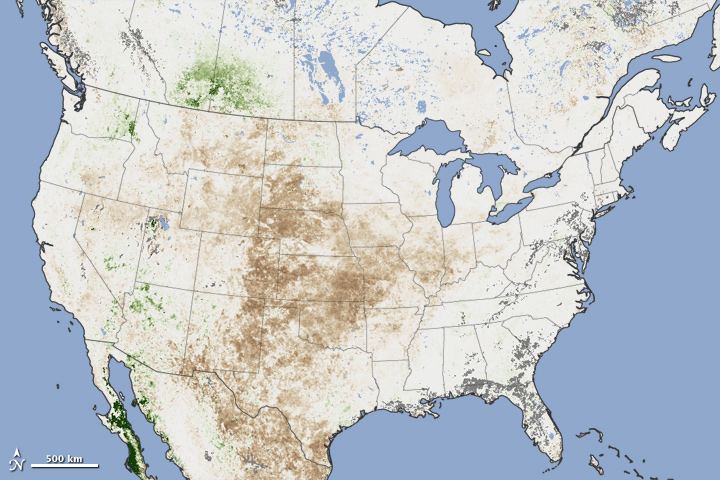
2012 will likely be the hottest year on record in the United States, and daily temperature records melted across the country as heat waves and drought gripped the nation. In June alone, 164 all-time high temperature records were tied or broken, according to government records.
With extreme heat comes drought, and in July, just under 56 percent of the country was experiencing drought conditions, a record. In August, 39 percent of the nation suffered from severe to extreme drought, according to the U.S. Drought Monitor, with two-thirds of the contiguous states experiencing some level of drought. The 2012 drought was the worst observed since the U.S. Drought Monitor began operating in 2000.
Colorado wildfires
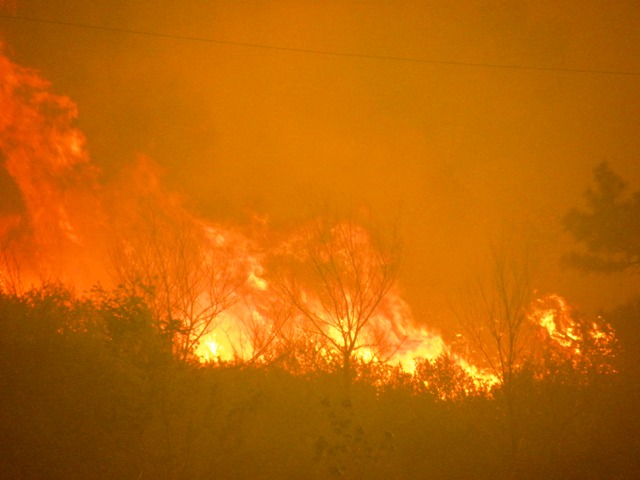
Wildfires raged through Colorado and throughout the Southwest earlier this summer, before shifting west and north to hit Washington, Montana and Idaho.
The 2012 wildfire season is on track to come in second to the U.S. record for the largest area burned, with 9.15 million acres charred as of November, according to the National Interagency Fire Center. The record was set in 2006, when more than 9.5 million acres (35,600 square kilometers) were torched.
2012 also earns notice for the most acres burned per fire: This year saw the fewest fires on record, 55,505 through November, but they were larger in size, according to the Fire Center.
Tornadoes disappear
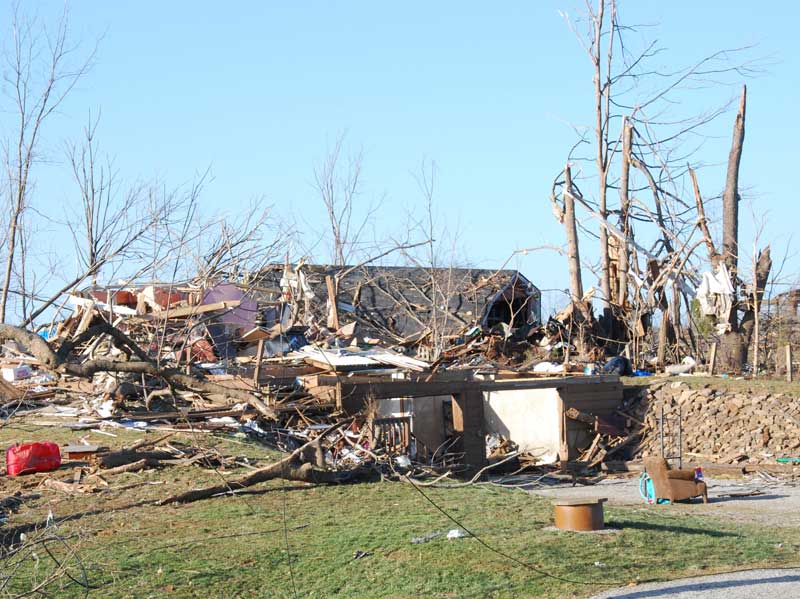
Tornado season kicked off early this year, with more twisters by mid-April than ever seen since records began in 1950. After May, though, the number of tornadoes dropped off to a historic low. So far this year the United States has had only 888 tornadoes; last year, there were 1,691, according to the National Oceanographic and Atmospheric Administration. Barring a meteorologically implausible flurry of tornadoes in the next week, 2012 could set the record for the fewest tornadoes.
Super typhoons hit Asia
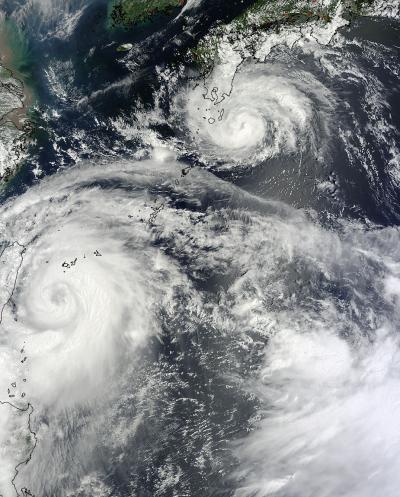
The United States wasn't the only country to suffer from superstorms this year. Three major typhoons socked the Korean Peninsula in August and September, producing widespread torrential rains and flooding. In July, Beijing saw its heaviest rainfall in 61 years when Typhoon Vicente slammed the capital. In August, twin typhoons came ashore one right after the other in China. As late as December, Super Typhoon Bopha wreaked havoc in the Philippines, killing more than 1,000 people.
Hurricane Sandy
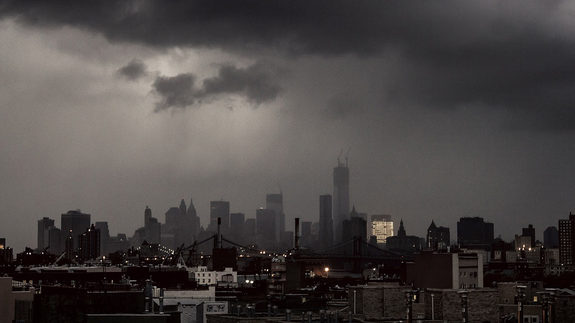
through the Caribbean and up the East Coast of the United States in late October 2012. The storm left dozens dead, thousands homeless and millions without power.
Hurricane Sandy made landfall in the United States about 8 p.m. EDT Oct. 29, striking near Atlantic City, N.J., with winds of 80 mph (129 kph). A full moon made high tides 20 percent higher than normal and amplified Sandy's storm surge. Streets were flooded, trees and power lines knocked down and the city's famed boardwalk was ripped apart.
Sandy will end up causing about $20 billion in property damage and $10 billion to $30 billion more in lost business, making it one of the costliest natural disasters on record in the United States, according to IHS Global Insight, a forecasting firm.



